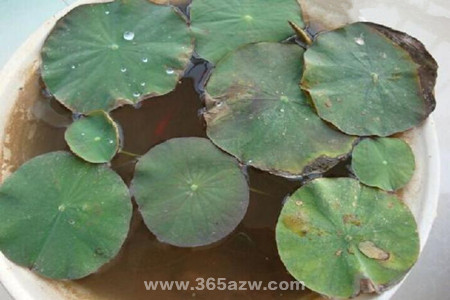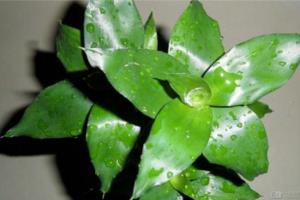During the maintenance of bowl lotus, it is easy to blacken the leaves, which not only affects the beauty, but also threatens the healthy growth of bowl lotus. The reasons for this phenomenon are various.

The reasons for the blackening and decay of lotus leaves
Excessive fertilization
Due to excessive fertilization, the soil and water is too fertile and relatively dry, the water absorption capacity of leaves is weakened, and the water needed for their own growth can not reach. Excessive fertilizer will affect the water absorption of lotus leaves, resulting in the phenomenon of burning seedlings and blackening leaves.
Bacterial infection
When planting, the soil is not sterilized, or the water quality is not clean, it will breed bacteria, affect the growth of lotus, and cause the leaves to blacken.
Lack of light
When the indoor light is insufficient, it will make the lotus in a humid environment, and because of the lack of light, it will affect the photosynthesis of the plant and the leaves can not grow normally.

Water quality and quantity
Bowl lotus is suitable for growing in acidic soil. If the water quality is alkaline or dirty during watering, the leaves will turn black if the soil is changed.
Another reason is the lack of water, less water in the basin, not timely watering, will also make the bowl of lotus leaves black.
Turn over the basin to change soil and water
If you apply too much fertilizer, you should change the water immediately, be careful not to change it all at once, change half at a time, and reduce the concentration of fertilizer and water in the water. When changing water, the temperature difference of water should not be too large, so as not to change the acidity and alkalinity and affect the water absorption of leaves. In addition, if you apply too much fertilizer, you can turn the basin and change the soil.
If the water quality is dirty caused by the blackening of the leaves, it is recommended to turn the basin and change the soil directly, not to change the water directly, otherwise the change of water temperature and acid will aggravate the disease. The correct way is to add isothermal water after the water evaporates less.
Pay attention to the growing season of bowl lotus must not be short of water, otherwise the leaves are easily scorched.

Outdoor maintenance
In addition to winter, try to keep outside the house during the day, bask in the sun, but avoid direct glare.
Pruning and cleaning
The leaves of bowl lotus are very easy to get sick during the growing period, so the bad leaves should be cut off in time, and carbendazim should be used for disinfection and sterilization, or appropriate amount of diluted pesticide can be used to spray.
Rotting lotus seeds and burning seedlings will also blacken the leaves, so you can pull out those lotus seeds that are rotten and sick.

Related
- Wuhan Hospital Iron Tree Blooming Result Was Instantly Frightened by the Gardener Master
- Which variety of camellia is the most fragrant and best? Which one do you like best?
- What is the small blue coat, the breeding methods and matters needing attention of the succulent plant
- Dormancy time and maintenance management of succulent plants during dormancy
- Minas succulent how to raise, Minas succulent plant pictures
- What are the varieties of winter succulent plants
- How to raise succulent plants in twelve rolls? let's take a look at some experience of breeding twelve rolls.
- Attention should be paid to water control for succulent plants during dormant period (winter and summer)
- Watering experience of twelve rolls of succulent plants
- Techniques for fertilizing succulent plants. An article will let you know how to fertilize succulent plants.



